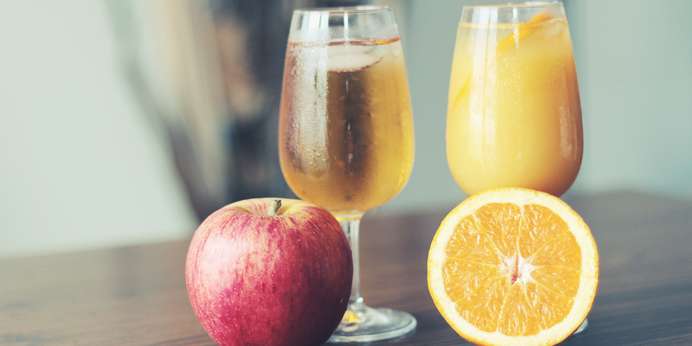
As consumers look for healthy alternatives to carbonated soft drinks, apple juice is making a splash. Image Source: Pexels user Jeshoots
The fact that soda isn’t the most healthy beverage isn’t news. Historically, sugar content was the quality of soda that consumers considered to be “bad for you” and diet soda was presented as a healthier alternative. Part of this perception was driven by marketing campaigns that playing up their lack of calories. That much-feared word that has become synonymous with weight gain. But in recent years, we have increasingly begun to examine the health impact of diet sodas and, more specifically, the artificial sweeteners they contain. The results have been startling. Last week a study by researchers at George Washington found that sucralose consumption is linked to weight gain; the very phenomenon so many diet soda enthusiasts are seeking to avoid.1So what are health-conscious consumers to do? For a growing number of consumers, fruit juices offer a perfect solution. According to global market intelligence company Transparency Market Research, “the global juice market is [now] the most competitive segment in the beverage industry” and it’s expected to grow significantly in coming years.2 While some juice producers are responding to consumer demand for healthy alternatives to carbonated soft drinks by introducing exotic products, others are introducing organic and low-calorie alternatives to traditional juices. Chief among these is apple juice, an old favorite that is taking on new life in the rapidly changing fruit juice market. In Norway, for example, apple juice sales have nearly doubled in the past 5 years.3
But increasing global interest in apple juice doesn’t mean juice producers can rest on their laurels. As demand for healthier beverages has grown, so too has the desire for high quality and aesthetically pleasing products. For apple juice producers, this translates to juices of the right color and clarity, making apple juice color and haze measurement more important than ever before.


